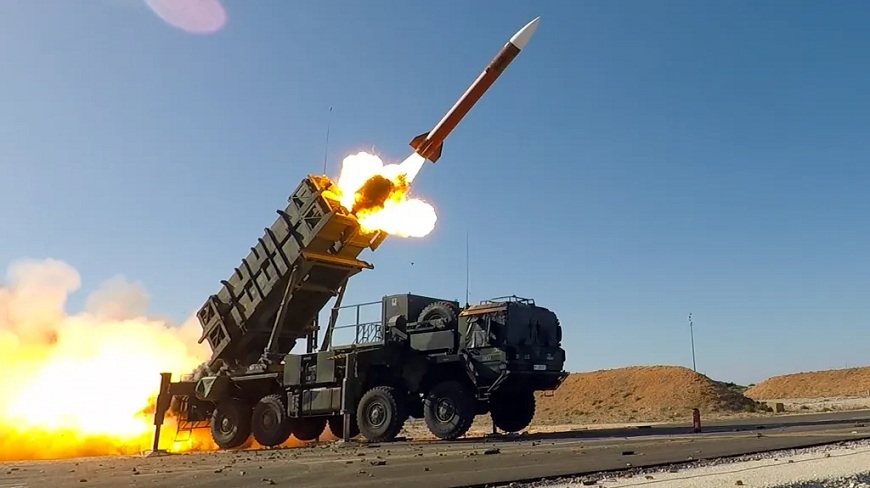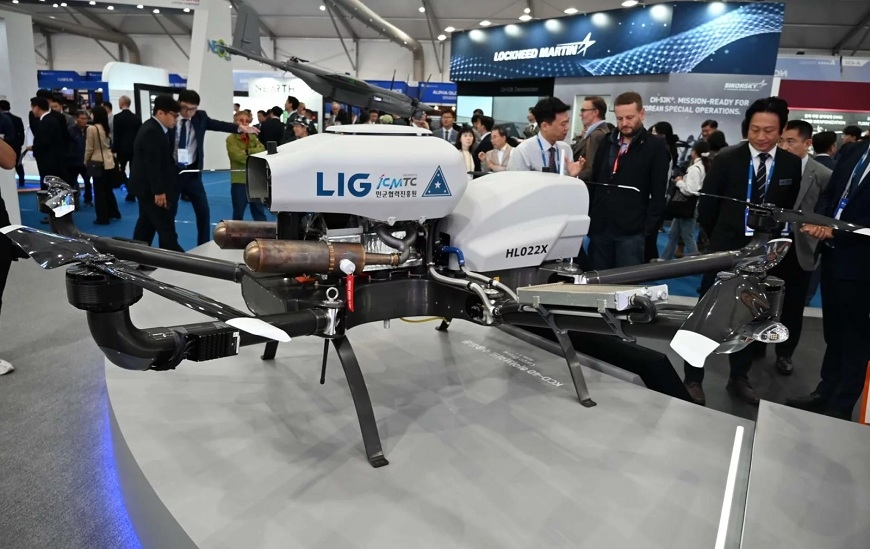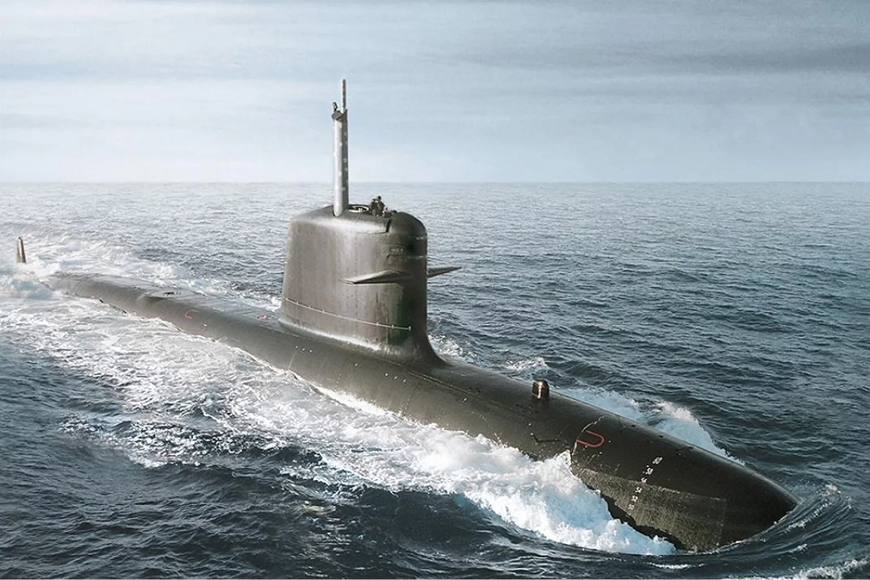World Military Today (October 5, 2024) has the following content: Why can’t Estonia buy the Patriot air defense system in the next 10 to 15 years? LIG Nex1 introduces advanced solutions for UAVs at KADEX 2024; Argentina negotiates to buy Scorpene-class submarines from France.
* Why can’t Estonia buy Patriot in the next 10 to 15 years?
A former Estonian air force official recently commented that Estonia will not be able to invest in the US Patriot air defense system in the next 10 to 15 years.
Estonia is now focusing on establishing a two-tier medium-range air defense system with the German IRIS-T system and supported by short-range mobile air defense systems, including the Mistral and Piorun systems developed by France and Poland. The former official admitted that no country can build an absolutely reliable air defense system, especially considering its vast territory.
 |
| Each Patriot launcher is capable of launching four missiles. Photo: war zone |
The Patriot air defense system consists of the AN/MPQ-65 radar complex, which provides airspace surveillance and multiple target detection, and a control station. Each Patriot battery consists of eight launchers, each capable of launching four to sixteen missiles. Patriots launch a variety of missiles, providing coverage from 60 to 160 km. This capability is critical for defending against fast-moving and challenging ballistic missiles.
Geographically, Estonia covers an area of approximately 45,000 km², and the number of Patriot batteries required will depend on the number of strategic locations that need to be protected. Experts estimate that the country will need between three and five Patriot batteries to protect military sites and critical infrastructure. The assessment also considers integrating the system with existing defense networks of NATO and neighboring countries such as Latvia and Lithuania, along with Estonia’s own air defense systems, such as IRIS-T.
The former Estonian official noted that purchasing such a system is necessary, but not easy because of the high cost. In addition to the procurement costs, investing in personnel training, maintenance, and seamless integration with national and allied defense systems also requires significant costs.
In addition, production constraints also make it more difficult to acquire Patriot. Accordingly, the manufacture of advanced systems such as missiles for this system requires complex technology, takes a lot of time because of the precision requirements. During periods of high demand, production facilities can be overloaded, leading to extended delivery times.
* LIG Nex1 presents advanced solutions for UAVs at KADEX 2024
At the Korea International Defense Industry Exhibition (KADEX 2024), LIG Nex1 (a subsidiary of LG Group) introduced advanced technology solutions for unmanned aerial vehicles (UAVs). Among them, the transport UAV with a payload capacity of 40kg and the integrated anti-UAV system, designed to address the growing threats posed by unidentified UAVs, attracted much attention from exhibitors.
Equipped with a combination of an internal combustion engine and batteries, the 40kg payload multirotor transport UAV can fly for more than 60 minutes while carrying a significant payload. The ability to transport large payloads is considered to be of great significance in both military and civilian missions, especially in environments where road access is limited. This UAV can be used to transport supplies, equipment or even ammunition on the battlefield, providing greater flexibility in logistics operations.
The hybrid engine is considered a major step forward for this UAV. By combining the benefits of an internal combustion engine with the efficiency of batteries, the LIG Nex1 has created a device capable of performing extended missions while minimizing its dependence on conventional power sources. This combination is especially useful in situations where flight time and payload capacity are priorities, as is often the case in military operations in remote or difficult-to-reach areas.
 |
| LIG Nex1 showcases cutting-edge technology solutions at KADEX 2024. Photo: Army Recognition |
In addition, LIG Nex1 also introduces an integrated anti-UAV system. As the use of UAVs, for both military and civilian purposes, becomes more widespread, the threat posed by these vehicles, especially to sensitive infrastructure, is becoming increasingly worrying. UAV defense systems aim to detect, identify and neutralize threats, ensuring the protection of critical facilities such as military bases, government buildings or energy infrastructure.
After detecting UAVs through advanced sensors, the system will assess their threat level. If the UAV is deemed dangerous, the system will have the option to interfere with control signals or even use directed energy weapons.
The two solutions presented by LIG Nex1 at KADEX 2024 demonstrate the company’s commitment to addressing the challenges of the modern battlefield. The multi-rotor transport UAV with a payload of 40kg and the counter-UAV system provide concrete solutions to the growing demands for mobility and security, two essential aspects for today’s armed forces.
* Argentina negotiates to buy Scorpene-class submarines from France
Argentina is negotiating with France to buy three Scorpene-class attack submarines, Army Recognition reported, citing Zona Militar magazine. The deal, reportedly worth more than $2 billion, is being discussed between the Argentine government and French defense contractor Naval Group.
The Scorpene-class submarine is approximately 66.4m long, 6.2m wide, and has a submerged displacement of approximately 2,000 tons. Equipped with a diesel-electric propulsion system, this class of submarine is capable of reaching speeds of up to 36km/h when submerged and 21km/h when surfaced, diving to a depth of approximately 300m, operating for 50 days with an estimated operating range of approximately 11,700km at a speed of 14.4km/h when surfaced.
 |
| Artistic rendering of a Scorpene-class submarine. Photo: Naval Group |
Each Scorpene-class submarine can carry a crew of 31 to 35, including officers. The submarines are equipped with six 533mm tubes capable of launching torpedoes, anti-ship missiles and mines. Weapon systems include Black Shark torpedoes or Exocet anti-ship missiles, depending on the customer’s choice.
TRAN HOAI (synthesis)
* Today’s World Military column on the People’s Army Electronic Newspaper sends readers the latest information on world military security and defense activities in the past 24 hours.





